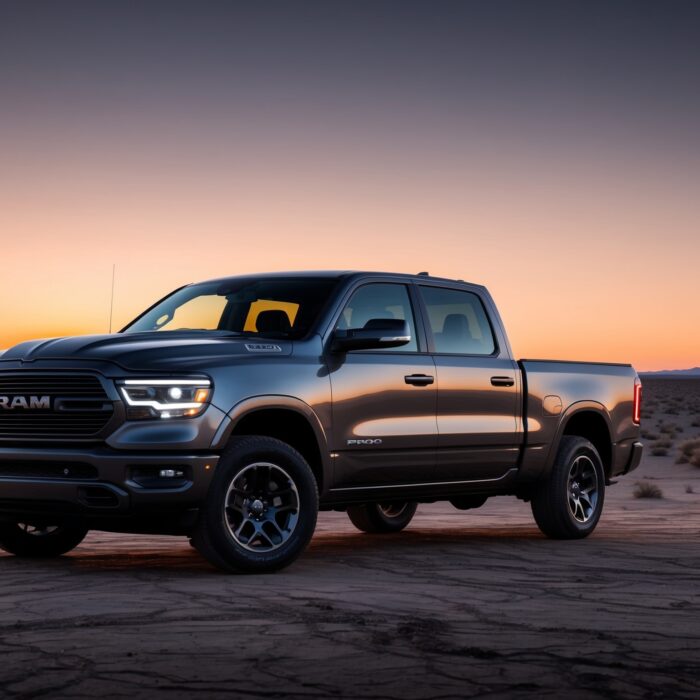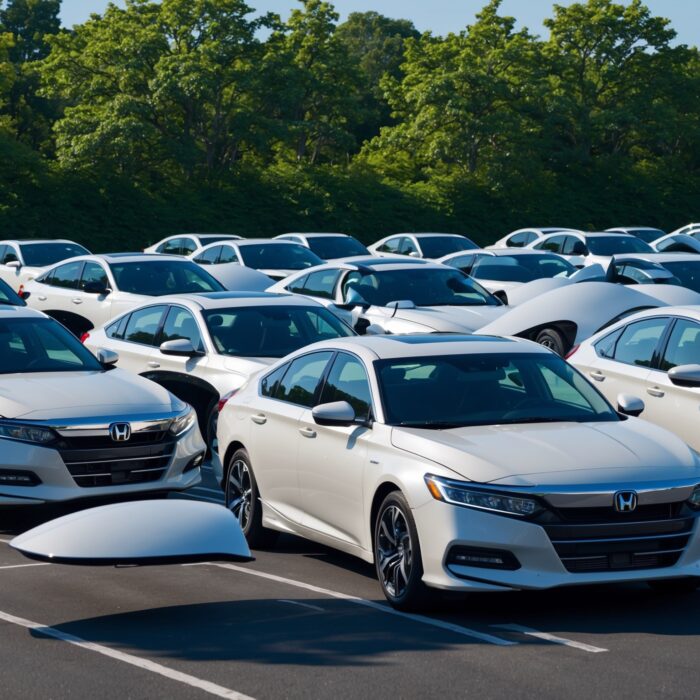Tesla’s Weight Loss: Shedding 400 Pounds from Model X
When you think of Tesla, what comes to mind? Sleek designs, cutting-edge technology, and of course, that thrilling electric performance. But did you know that the latest iteration of the Model X has gone on a dramatic weight-loss journey, shedding an impressive 400 pounds? That’s right! In a world where every pound counts, especially in electric vehicles, Tesla has managed to enhance the performance and efficiency of the Model X without compromising on its signature features. Buckle up, car enthusiasts, as we delve deep into how Tesla achieved this remarkable feat!
The Significance of Weight in Electric Vehicles
Before we get into the nitty-gritty of how Tesla managed to drop those pounds, let’s talk about why weight matters in electric vehicles (EVs). In traditional combustion engines, weight is a concern mainly for handling and performance. However, in the realm of EVs, weight directly affects:
- Range: Heavier vehicles require more energy to move, thus reducing the range. The lighter the car, the more efficient it is.
- Acceleration: Less weight often translates to quicker acceleration, enhancing the driving experience.
- Handling: A lighter vehicle generally has better handling dynamics, which is crucial for any performance-oriented model.
- Tire Wear: Weight contributes to tire wear. Reducing weight can prolong tire life and improve grip.
With these factors in mind, Tesla’s decision to lighten the Model X is not just an engineering challenge; it’s a move that could redefine how electric SUVs perform on the road.
How Did Tesla Shed 400 Pounds?
Tesla’s solution to weight reduction is a masterclass in engineering and innovation. So, how did they manage to pull off this impressive weight loss? Let’s break it down:
1. Advanced Materials
One of the primary strategies Tesla employed is the use of advanced materials. The automotive industry has been shifting toward lighter materials for years, and Tesla has embraced this trend wholeheartedly. Here’s how:
- Aluminum Body: The Model X utilizes a significant amount of aluminum in its structure. Aluminum is not only lighter than traditional steel but also offers excellent strength-to-weight ratio.
- High-Strength Steel: In areas where more strength is needed, Tesla has opted for high-strength steel, which is lighter than conventional steel but maintains structural integrity.
This combination of materials allows for a robust frame that doesn’t weigh down the vehicle, enhancing both safety and performance.
2. Simplified Design
Tesla is known for its minimalist approach, and the Model X is no exception. By simplifying certain design elements, Tesla has managed to cut down on unnecessary weight:
- Streamlined Components: The various components, from the drivetrain to body panels, have been redesigned for efficiency, reducing excess weight throughout the vehicle.
- Eliminating Redundant Features: While the Model X is packed with features, Tesla has evaluated which elements are essential and removed those that added unnecessary bulk.
3. Battery Technology Improvements
One of the most significant contributors to the weight reduction is the advancements in battery technology. Tesla has been at the forefront of battery innovations, leading to:
- Higher Energy Density: Newer battery cells have a higher energy density, allowing Tesla to use fewer cells while still maintaining the same power output.
- Better Weight Distribution: The positioning of the battery pack has been optimized, contributing to a lower center of gravity and improved handling.
The Impact of Weight Loss on Performance
Now that we understand how Tesla has achieved this weight loss, let’s discuss the effects on the overall performance of the Model X. The reduction of 400 pounds has led to several noteworthy improvements:
Also Read: 11 Powerful Engines That Surprisingly Pack Low Horsepower
Enhanced Range
With less weight to push, the Model X can travel further on a single charge. This means that not only do you get a longer range, but you can also enjoy the thrill of driving without constantly worrying about finding a charging station.
Improved Acceleration
For those who appreciate a little adrenaline rush, the weight loss translates to quicker acceleration. The Model X can now reach its top speed in less time, making it a more exhilarating drive. This improvement solidifies Tesla’s commitment to performance while retaining its eco-friendly identity.
Also Read: Kawasaki Revives The KLE500 – And This Time, US Riders Get A Shot
Better Handling Dynamics
A lighter vehicle means improved handling. The Model X now corners more confidently, providing a dynamic driving experience that appeals to enthusiasts. The lower center of gravity enhances stability, making it feel more agile on the road.
Real-World User Experiences
So, what are the drivers saying about the new Model X? The real-world feedback has been overwhelmingly positive. Here are some highlights from Tesla enthusiasts:
- Range Anxiety Reduced: Many users report that the increased range has significantly reduced their range anxiety, allowing for longer trips without the constant need to recharge.
- Thrilling Drive: Enthusiasts have noted the improved acceleration and handling, making the Model X feel more like a performance vehicle rather than just an SUV.
- Comfort and Space: Despite the weight loss, drivers have found that the comfort and spaciousness of the Model X remain intact, allowing for a pleasant family ride.

The Future of Weight Reduction in Electric Vehicles
Tesla’s weight reduction strategy is likely to set a precedent for other manufacturers in the EV market. As technology continues to evolve, we can expect to see more manufacturers exploring lightweight materials and innovative designs to enhance their electric offerings. Here’s what we can look forward to:
- Wider Adoption of Lightweight Materials: As production techniques improve, we may see more vehicles using advanced materials like carbon fiber and high-strength composites.
- Focus on Efficiency: The automotive industry will likely continue to prioritize weight reduction as a method for improving efficiency and performance.
- Integration of AI in Design: Future models may leverage artificial intelligence for design optimization, ensuring every ounce is accounted for without sacrificing structural integrity.
Tesla’s Continuous Innovation
The Model X’s weight loss is just one example of Tesla’s relentless pursuit of innovation. The company’s commitment to pushing boundaries sets it apart from traditional automakers. With every update and new model, Tesla continues to redefine what’s possible in electric vehicles.
As Tesla enthusiasts, it’s exciting to witness these advancements and consider what the future holds. Whether it’s through weight reduction, battery technology, or autonomous driving features, Tesla is leading the charge into a sustainable automotive future.
At Torque Feed, we’re committed to keeping you updated on all things automotive, and Tesla’s weight loss journey is just the tip of the iceberg. Stay tuned for more exciting developments in the electric vehicle space!
So, what do you think about Tesla’s latest weight loss achievement? Are you ready to experience the new and improved Model X? Join the conversation in the comments below!












